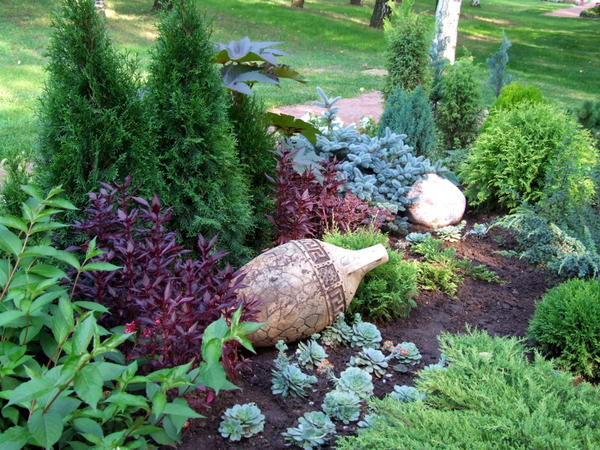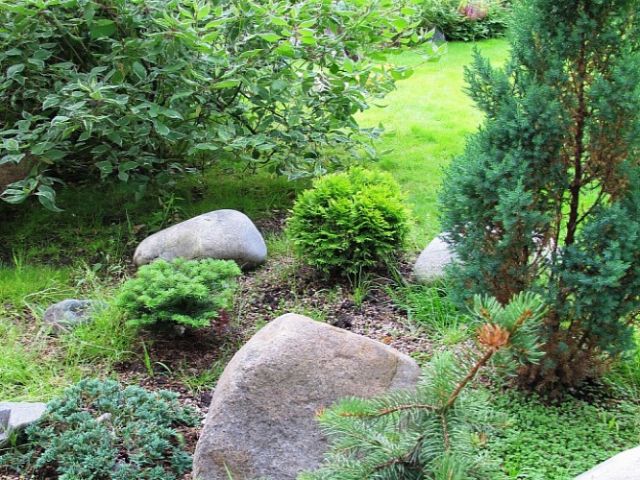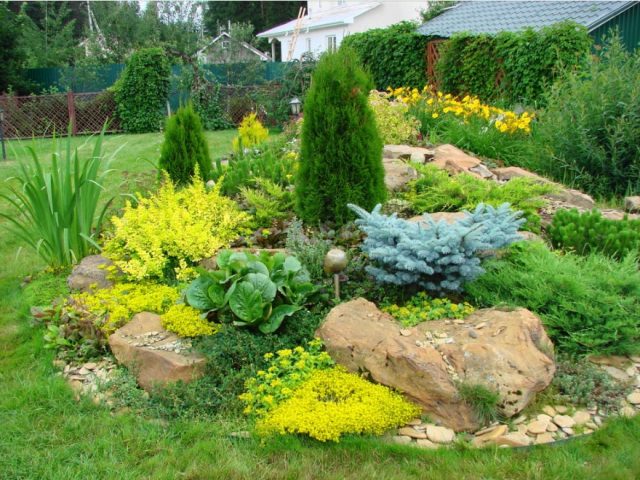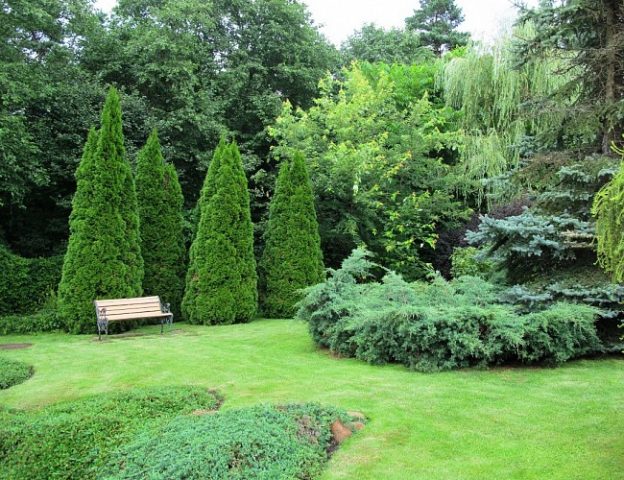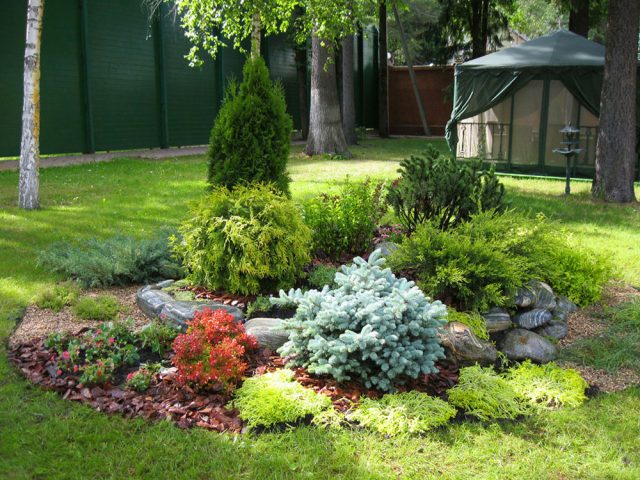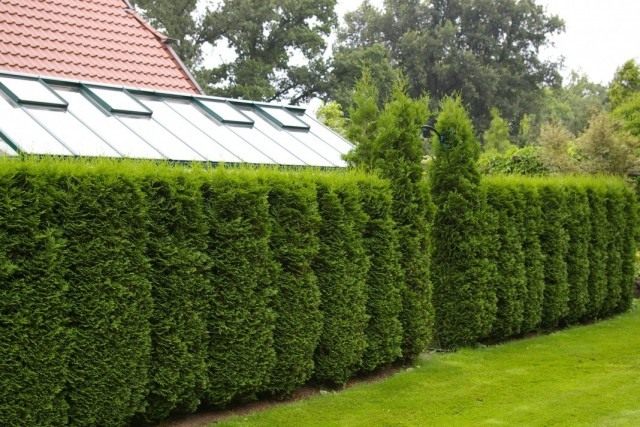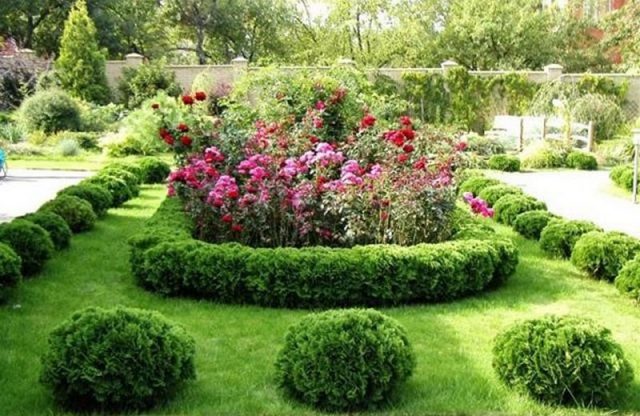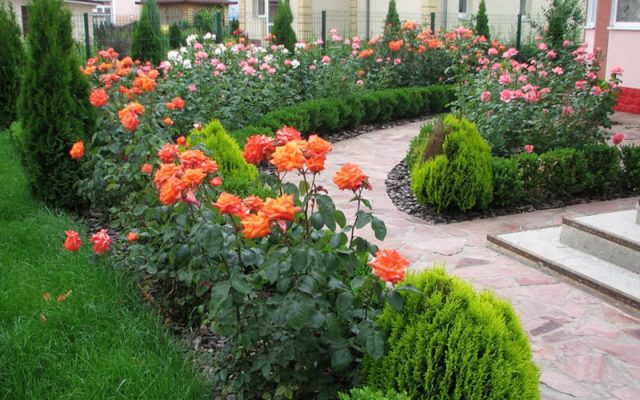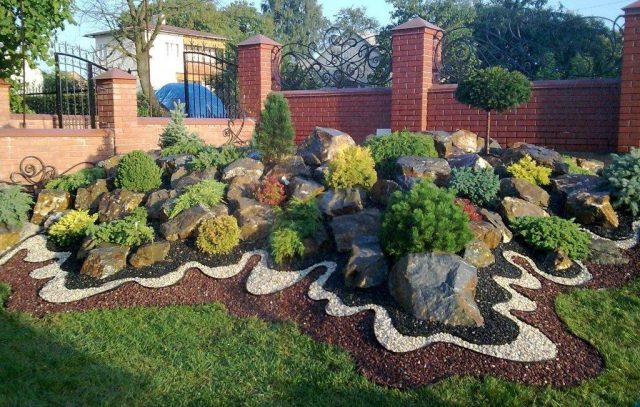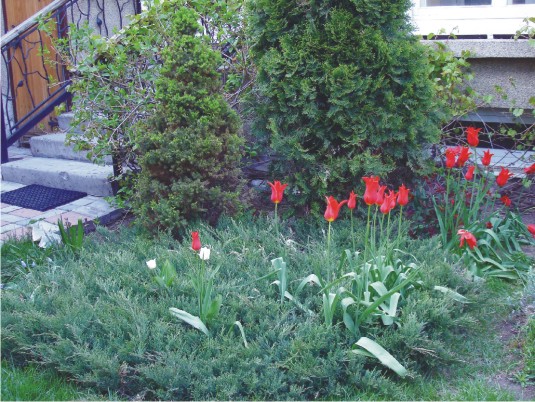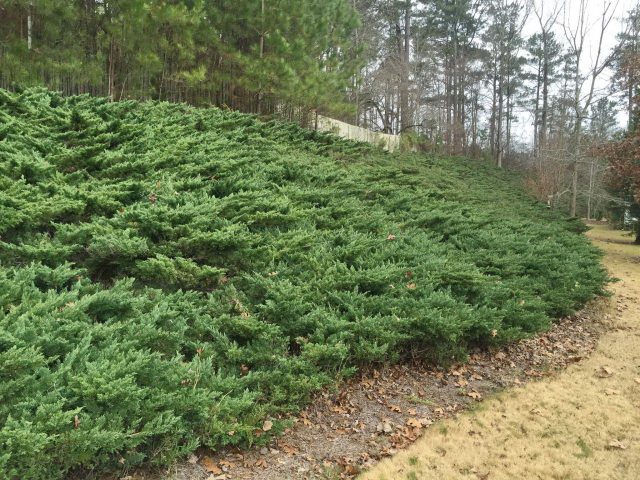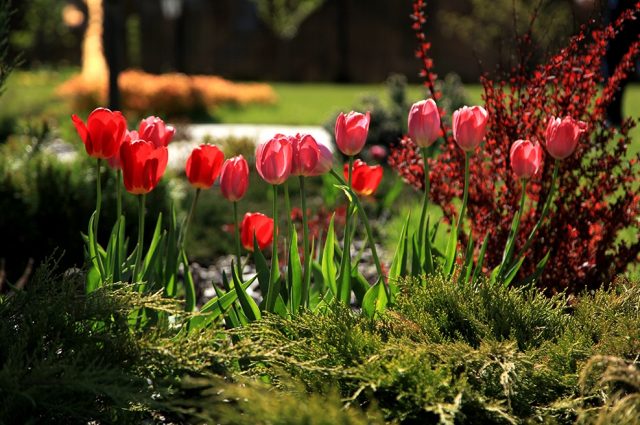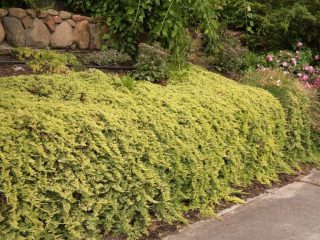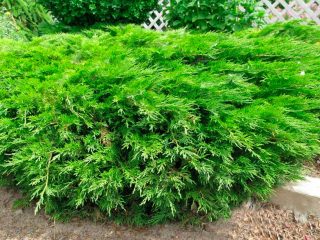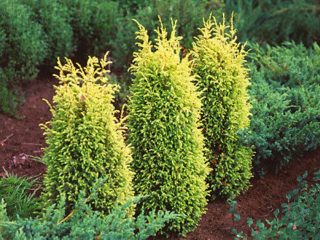Content
Junipers in landscape design occupy a special niche due to the richness of species with different colors of needles and crown shape. They use both tall tree-like varieties and creeping shrubs, combining them in various design solutions. This can be an alpine slide, a lawn curb, a hedge, or a coniferous flower bed. Consider below the most profitable options for decorating a personal plot with conifers, as well as photos of junipers in landscape design in combination with thuja and other plants.
Features of the landscape with junipers
The use of conifers in land design is not suitable for all types of landscape. For example, they are not entirely appropriate for decorating tropical or orchards. But for landscapes similar to the rocky terrain of the Scandinavian countries, with caves and grottoes, as well as an abundance of lichens, mosses and heather thickets, conifers are ideal.
In addition, juniper is used to create a site design in English or Japanese style, where there are elements of classics, rigor and elegance.
For the Japanese style, the obligatory elements are cobblestones and rocky islands protruding from the ground, as well as bodies of water.
In the English style, elements are clearly visible, bearing a touch of antiquity and inviolability. For example, a lawn that has been mowed for several centuries, or old household items that have served their purpose many years ago.
Photo of landscape design in the English style using thuja and several types of juniper.
What types and varieties of junipers are used in garden design
There are about 70 varieties of juniper in total, but not all are suitable for growing on a personal plot. For the decoration of the garden, only those are used that have a decorative value and withstand our climatic conditions. Basically, about ten types are used, however, each of them is represented by several varieties:
- ordinary (Depressa Aurea, Repanda);
- rocky (Blue Arrow, Skyrocket);
- Chinese (Blue Alps, Strickta);
- Virginia (Blue Cloud, Gray Oul);
- Cossack (Blue Danube, Hixie);
- middle (Mordigan Gold, Wilhelm Pfitzer);
- scaly (Holger, Dream Joy);
- horizontal (Prince of Wales, Golden Carpet, Andorra Compact).
This is not a complete list of decorative varieties used in landscape design. In fact, there are many more of them. In addition, breeders have developed many hybrids that are adapted to various climatic conditions. This makes it possible to use them for registration of a land plot in almost all regions.
Conifers can be planted both as single plantings and by grouping several varieties into a single composition.
Photo of thuja and junipers in landscape design
Conifers are widely used in landscaping to create a variety of styles and compositions. Below are photos of junipers in the garden and designs using them.
Photo of a rocky garden using more than three types of juniper, as well as thuja.
Photo of landscape design of an alpine slide.
Photo of a coniferous garden with thuja and juniper.
Photo of the use of juniper in the garden for decorating a coniferous flower bed.
Photo of a thuja hedge.
Photo of a border for a flower bed of coniferous shrubs. Thuja was used for the background of the landscape design.
Photo of a flower bed, for the design of which several varieties of thuja were used.
How beautiful to arrange a juniper in the garden
In coniferous landscape compositions, both dwarf varieties and giant plants get along well. However, when planting, it is important to adhere to some landscape design rules so that the design of the land plot looks self-sufficient and harmonious:
- add stones and pebbles to the composition;
- plant mainly low-growing varieties in the foreground, tall varieties in the middle and background;
- plant nearby plants that match in color (for example, next to a juniper with bluish-blue needles, shrubs with pink, yellow or golden foliage should be planted);
- spherical views are usually used as free-standing elements of the composition;
- columnar and pyramidal views look good near a hedge or in the center of the composition;
- creeping and upright varieties should be planted at a distance from each other so that tall ones do not obscure the undersized and creeping ones.
When planning landscape design using juniper and deciduous plants, the optimal distance between them should be taken into account when planting. If coniferous species are located too close to deciduous ones, then the needles will thin and crumble, exposing branches. Only by observing the discreteness (discontinuity) of the landing, it is possible to combine the entire composition and emphasize the beauty of the designer's idea.
Tall varieties of juniper are suitable for decorating a hedge in the garden: virgin, rocky or ordinary. At the same time, they should be planted at a distance of no more than 0.7 - 1 m from each other. To decorate a flower bed or soil on the slopes of rocky hills, instead of lawn grass, creeping species are planted - horizontal or Cossack.
Photo of a creeping juniper in the landscape (on a flower bed and on a hillside - like a ground cover plant).
When planting conifers in group compositions, one should take into account the growth rate, size and color of the needles; creativity is also important in landscape planning.
In addition, in order for the composition of conifers to always look good, timely pruning of old and diseased branches is necessary.
The combination of juniper in the garden with other plants
Juniper goes well with heather, bulbous, cereals, roses, dwarf barberry, yellow or orange spirea. Against their background, green needles are favorably set off, and its splendor is revealed in all its glory. To the same extent, the juniper sets off the brightness of flowers and fruits of deciduous shrubs.
Photo of a juniper on the site in combination with a barberry, a tulip.
Thus, planting coniferous bushes in a garden plot can pursue the following goals:
- creating a background for flowering plants;
- maintaining a color accent in landscape design;
- covering the soil of rocky terrain, not suitable for planting a lawn.
Junipers are usually not combined with lush shrubs that have large inflorescences, or with the help of stone islands or meadows of creeping varieties, they create transitions between them. This technique is successfully used when planning the design of an alpine slide.
A correctly selected color scheme will allow the garden to play with bright colors throughout the season, and decorations in the form of natural stones and artificial reservoirs will make landscape design of the site unique.
Conclusion
The article contains photos of junipers in landscape design, as well as some tips for the correct location of conifers and deciduous plants in the garden.Having made the juniper the main focus in the design of the garden, it is important to take into account the characteristics of the variety in order to emphasize its natural beauty; and, in addition, do not forget to clean the plant from dry shoots.

